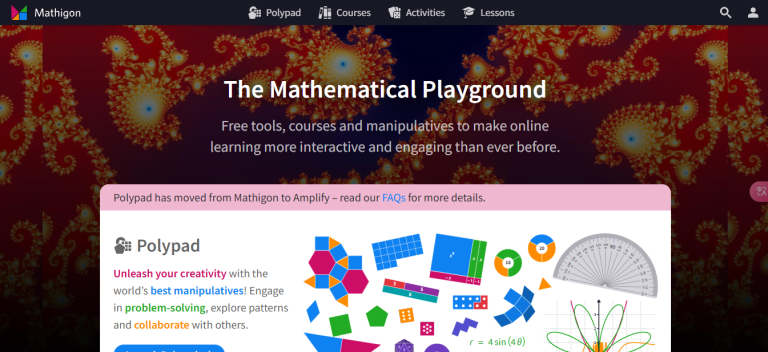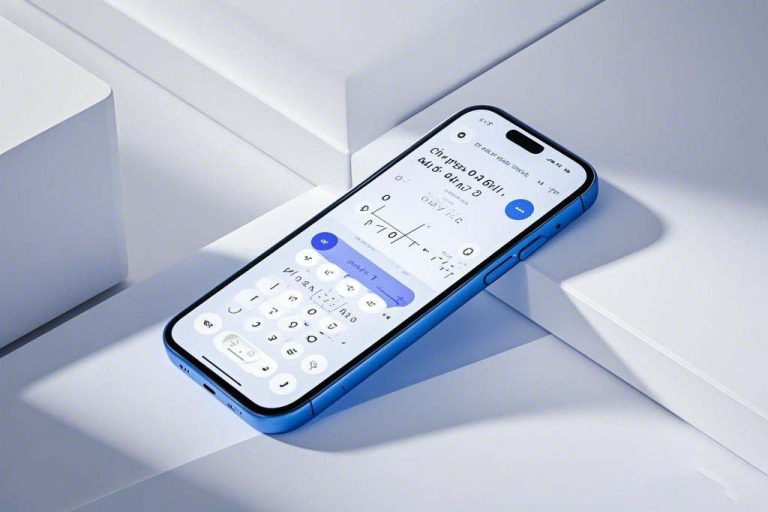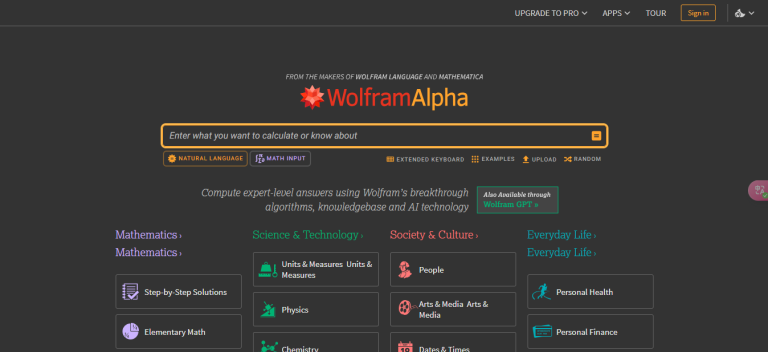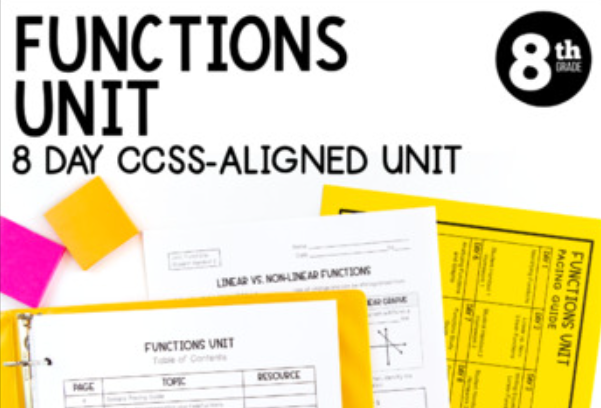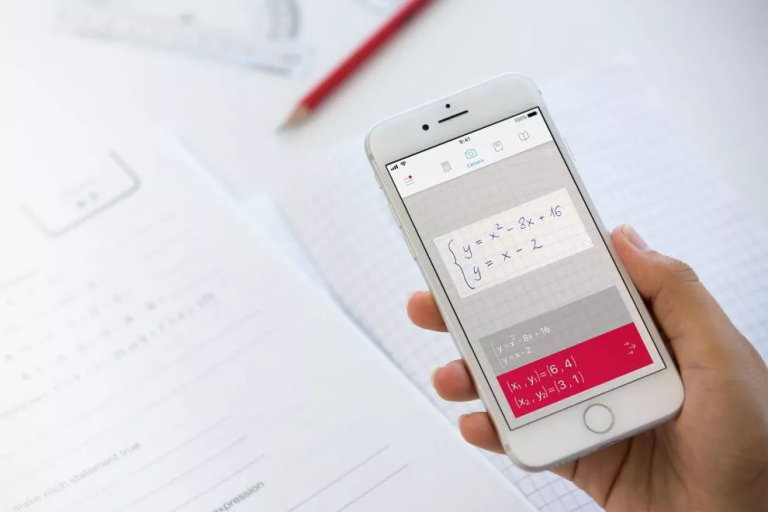What Does Math Have to Do with Freedom?
If someone asks you, “What’s the connection between math and freedom?” you might pause for a moment, then instinctively reply, “Math? Isn’t it just formulas and calculations? How could freedom possibly relate to that?” But once you truly delve into the world of mathematics, you’ll realize it’s more than just a tool—it’s a language, a way of thinking. In the most structured realm lies boundless freedom. The power of mathematics often hides beneath its logic, yet it grants humanity a perspective that transcends constraints. Let’s explore this further.
The Freedom of Curiosity
Where does math originate? From curiosity. The ancient Greek philosopher Pythagoras once said, “Everything is number.” This statement wasn’t meant to reduce the world to cold formulas but to highlight the beauty within numbers—symmetry, proportion, and harmony. “Curiosity is the starting point of freedom, and math is the tangible expression of that curiosity.”
Imagine early humans gazing at the stars, counting their sheep, or predicting the rise of river levels. They weren’t forced to study these things; they were driven by an irresistible impulse: Why? How? Through their curiosity, they created numbers, geometry, and algebra. That very act of creation was an expression of freedom. “The birth of mathematics stemmed from a simple yet eternal force: the pursuit of the unknown.”
Rules and Freedom: A Paradox
Some say math isn’t free because it’s bound by rules. But the magic of math lies in its ability to create freedom within those rules.
Mathematical rules are like the board in a game of chess, and freedom is the infinite possibilities of the moves. Take geometry, for example. Euclidean geometry established the parallel postulate and built a logically sound two-dimensional world. Yet in the 19th century, mathematicians like Gauss and Riemann challenged these rules, developing non-Euclidean geometry and creating a world of curved spaces. “Great breakthroughs often begin at the edges of established rules.” This leap in thinking not only liberated mathematics but also laid the groundwork for Einstein’s theory of relativity.
Math teaches us that rules aren’t cages—they’re starting points. You can dig deeper within the rules, or you can step outside and redefine them. That’s the essence of freedom in mathematical thought.
Freedom Through Abstraction
Perhaps the greatest freedom in mathematics lies in its abstraction. You can use equations to describe objects in the real world, but you can also construct entirely imaginary universes—like four-dimensional spaces or infinite sets. This ability to transcend reality is the ultimate expression of human freedom. “Mathematics’ power of abstraction is the wings on which human thought soars.”
At its core, the freedom in math is the freedom of thought. Once you master mathematical thinking, you gain the ability to approach any problem with clarity, reason, and creativity. This, perhaps, is the ultimate freedom math offers us: the freedom to think, to choose, and to create. Those who master math ultimately master themselves.
So, the next time someone asks you, “What’s the use of math?” you can smile and say, “Math makes us free.” And as for how they interpret that? Well, that’s their freedom.


